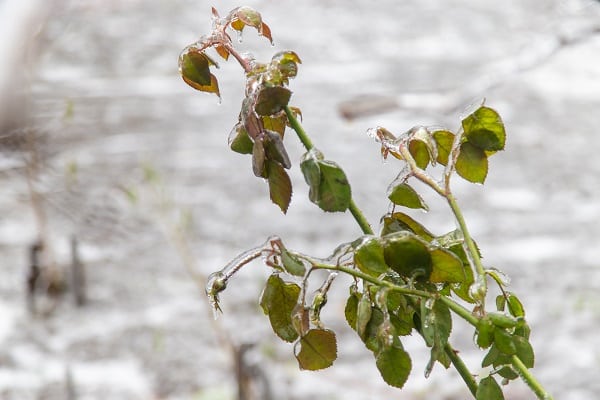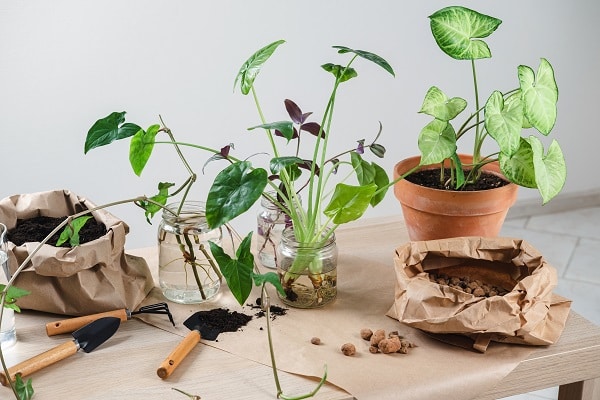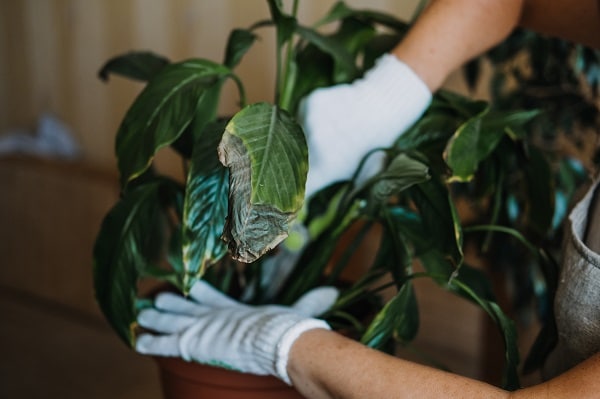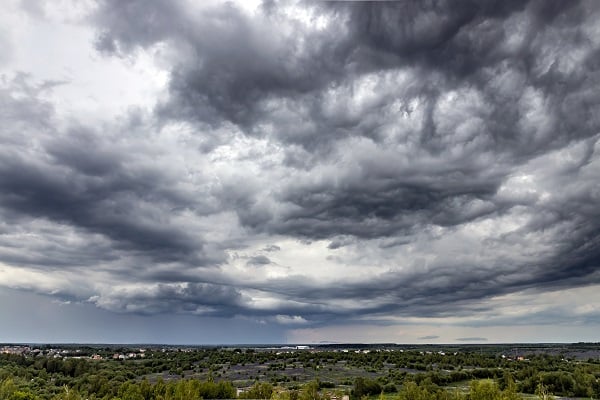Frostbite on plants, a common yet often misunderstood phenomenon, can have devastating effects on gardens and crops. It’s crucial for gardeners and farmers alike to recognize and effectively manage this issue. This post delves into the intricacies of plant frostbite, offering insights on how to spot, prevent, and treat it. From understanding the science behind frost damage to implementing practical solutions, this comprehensive guide aims to equip readers with the knowledge needed to protect their plants from the harsh realities of cold weather.
Contents
- 1 Identifying Frostbite in Plants
- 2 Early Warning Signs of Frostbite
- 3 Factors Contributing to Frostbite Risk
- 4 Preventive Measures to Protect Plants
- 5 Immediate Actions When Frost is Forecasted
- 6 Long-Term Strategies for Frostbite Resilience
- 7 Leveraging Technology and Community Knowledge
- 8 Frostproof Your Garden With Confidence
Identifying Frostbite in Plants
Frostbite in plants is not just about the cold; it’s a complex interaction between temperature, plant physiology, and environmental conditions. When temperatures drop below freezing, ice crystals can form within plant cells, causing physical damage and disrupting cellular function. This damage often manifests as visible symptoms, which are crucial for early identification. Understanding these signs is the first step in effective plant frostbite management.
Differentiating frostbite from other cold-related damages is essential for proper treatment. Unlike gradual cold stress, frostbite occurs rapidly, often overnight, leading to distinct symptoms. These include a translucent appearance in leaves, followed by a darkening and eventual necrosis. Recognizing these specific signs helps in diagnosing frostbite accurately, ensuring that the correct measures are taken to mitigate damage.
Early Warning Signs of Frostbite
The initial signs of frostbite in plants are often subtle but become more pronounced as the damage progresses. Discoloration is one of the first visible symptoms, where leaves may turn a pale green, yellow, or even brown. This is accompanied by wilting, where leaves and tender shoots droop noticeably. These changes are early indicators that the plant is struggling to cope with the cold temperatures. In addition to color and structural changes, the texture of the plant can also give clues.
Leaves may become brittle or spongy, indicating cellular damage. Another sign to watch for is slowed growth or the cessation of new development, which suggests that the plant’s normal functions are being impeded by the cold. Early detection of these signs is crucial for preventing further damage. Regular monitoring of plants during cold seasons is vital. This proactive approach can help gardeners take timely action to protect their plants.
Factors Contributing to Frostbite Risk
Environmental factors play a significant role in the risk of frostbite in plants. Temperature fluctuations, particularly sudden drops in temperature, can catch plants off-guard, increasing their vulnerability to frost damage. Humidity levels also influence frost risk; low humidity can exacerbate the effects of cold temperatures on plants. Understanding these environmental triggers is key to anticipating and preventing frostbite. Being aware of local weather patterns and preparing accordingly can significantly reduce the risk of frost damage.
Plant-specific factors also determine the risk of frostbite. Some species are more susceptible to cold damage than others, and young or newly planted specimens are particularly vulnerable. The overall health of the plant also influences its ability to withstand frost; stressed or weakened plants are more likely to suffer damage. Recognizing these risk factors can guide preventive measures and care practices. Regular health checks and maintenance can enhance a plant’s resilience against frost.
Preventive Measures to Protect Plants
Choosing the right plant varieties is a fundamental preventive measure against frostbite. Opting for species and cultivars known for their frost resistance can significantly reduce the risk of damage. This is particularly important in regions prone to unexpected frosts or where certain plants are known to be vulnerable. The timing of planting and harvesting activities is another critical factor in frostbite prevention. Planting too early in the spring or harvesting late in the fall can expose plants to unexpected frost.
Adjusting these activities according to local climate patterns can help minimize the risk. Additionally, using mulches can provide a protective layer, insulating the soil and roots from sudden temperature drops. Other methods, like cloches or frost blankets, can also offer direct protection to the plants. When implemented correctly, these measures can create a more controlled environment, reducing the likelihood of frost damage. It’s essential to plan and prepare these strategies before the onset of colder temperatures.
Immediate Actions When Frost is Forecasted
When a frost warning is issued, immediate action is crucial to protect plants from potential damage. Watering the plants before a frost can help, as moist soil retains heat better than dry soil, providing some warmth to the plant roots. Covering plants is another effective strategy; materials like burlap, commercial frost cloths, or even old blankets can be used. It’s important to cover the entire plant, draping the material all the way to the ground to trap heat effectively. The covers should be removed once the temperature rises the next day to prevent overheating.
The positioning of plants also plays a significant role in their protection against frost. For potted plants, moving them indoors or to a sheltered area can be the best defense against frost. For garden plants, those located near the house or a fence may receive some additional warmth and protection. Creating windbreaks can also help reduce the impact of cold winds on plants. These immediate actions, when taken promptly, can make a substantial difference in minimizing frost damage.
Long-Term Strategies for Frostbite Resilience
Developing long-term strategies for frostbite resilience involves thoughtful landscape design. Planting frost-sensitive plants in locations that are less exposed to cold winds and frost pockets can greatly reduce their risk of frost damage. Utilizing natural features like slopes, which can be warmer due to cold air moving downwards, or planting near walls that retain heat can provide microclimates that are more favorable to sensitive plants. Layering the landscape with trees and shrubs can also create protective canopies for understory plants.
Building plant resilience is an ongoing process that requires regular care and attention. Regular feeding, proper pruning, and pest control contribute to the overall health and resilience of plants. Monitoring local weather patterns and adapting gardening practices accordingly is also crucial. Keeping abreast of climate trends and adjusting gardening strategies over time can help in preparing for and mitigating the effects of frost. These long-term strategies enhance the frost resilience of plants and contribute to a healthier and more robust garden ecosystem.
Leveraging Technology and Community Knowledge
In today’s digital age, leveraging technology can play a significant role in protecting plants from frost. Weather apps and online frost alerts can provide timely information, allowing gardeners to prepare in advance for cold spells. Some advanced gardening apps even offer personalized advice based on local weather conditions and plant types. Utilizing these technological tools can enhance a gardener’s ability to respond quickly and effectively to frost threats.
Engaging with local gardening communities is another valuable resource. Sharing experiences and tips with fellow gardeners can provide practical, region-specific advice. Local gardening clubs, online forums, and social media groups are great platforms for this exchange of knowledge. Community plant swaps and workshops can also be excellent opportunities to learn about frost-resistant plant varieties and cultivation techniques. This combination of technology and community knowledge empowers gardeners to make informed decisions, enhancing their ability to protect their plants from frost.
Frostproof Your Garden With Confidence
Safeguarding plants from frostbite is a multifaceted endeavor, blending early detection, immediate protective actions, and long-term resilience strategies. This guide offers a comprehensive approach to understanding, preventing, and managing frost damage in plants. Remember, the key to success lies in being proactive and attentive to your garden’s needs. So, take these insights, apply them to your gardening practices, and watch as your plants thrive even in the face of chilly challenges.






